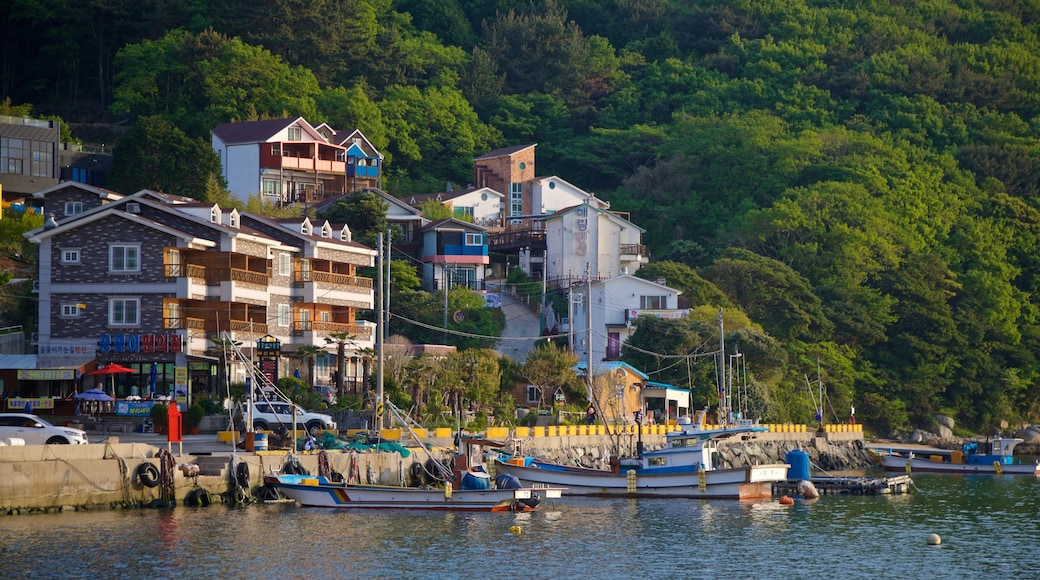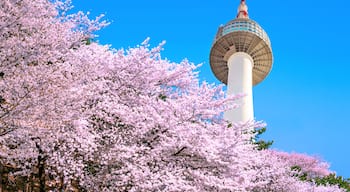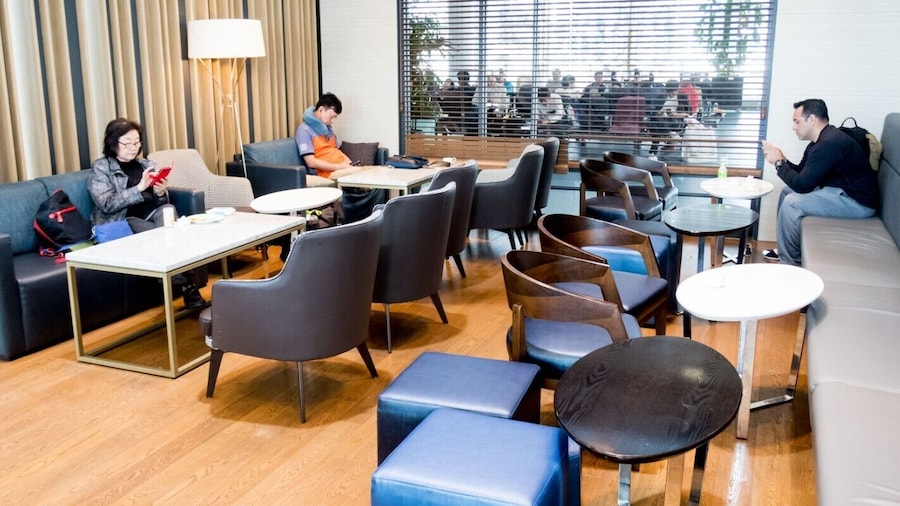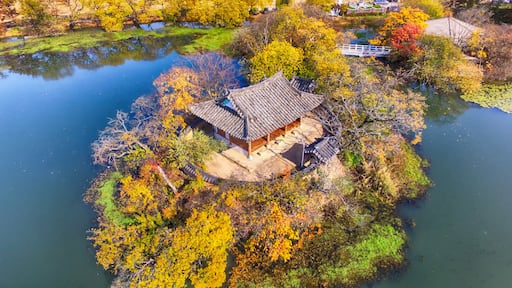Come to modern Changwon and visit excellent museums and galleries, shop in shiny malls and bustling markets or escape to the nearby mountains for some superb trekking. The city also boasts the largest migratory bird reserve in Korea and a number of fine city beaches.
Changwon was designed and built in the 1970s. The city combines the modern luxuries and large green spaces that the modern Korean demands. Home to the country’s longest straight road, at 9.5 miles (15.3 kilometres), Changwon is also a centre for many of Korea’s largest hi-tech industries.
The city is split into five main districts, each with its own distinct character. Head to central Sangnam dong for the best shopping and restaurants. The “old town,” Jungang dong, has some of the liveliest nightspots. An excellent network of buses will take you between the sights, but the best way to get around is via the Nubija bikes, a public bike rental system that exists throughout the city.
The town planners allowed for several parks and green spaces, and you won’t walk far in Changwon without finding a pleasant place to take a seat. Two of the best are Yongji Park, which hosts laser shows in summer, and Dalcheon Park, a great camping spot for families. Further afield you’ll find the Junam Reserve, the most important migratory bird site in Korea. Hikers will enjoy trekking some of the nearby peaks. Mt. Bulmo is the highest.
Changwon’s coastal location makes for a mild climate year-round. Many say the best time to visit is April, when the cherry blossoms are in full bloom. Head to the Jinhae district to join locals in what is said to be one of the best cherry blossom festivals in the country.
To get to Changwon you will almost certainly pass through Busan which has an international airport and major bus and train terminals. Regular buses from Seoul and other major centres also run to Changwon, making this clean, green city an easy place to visit and spend some time.



















